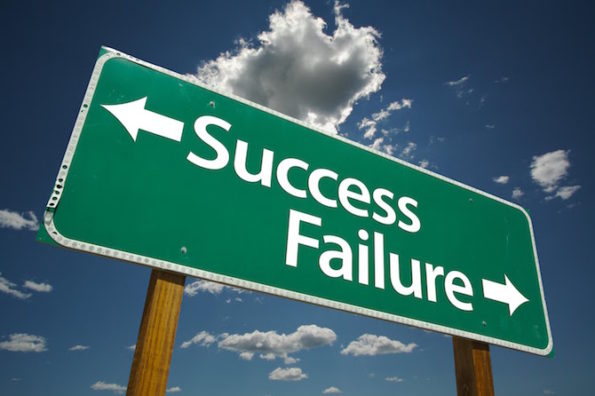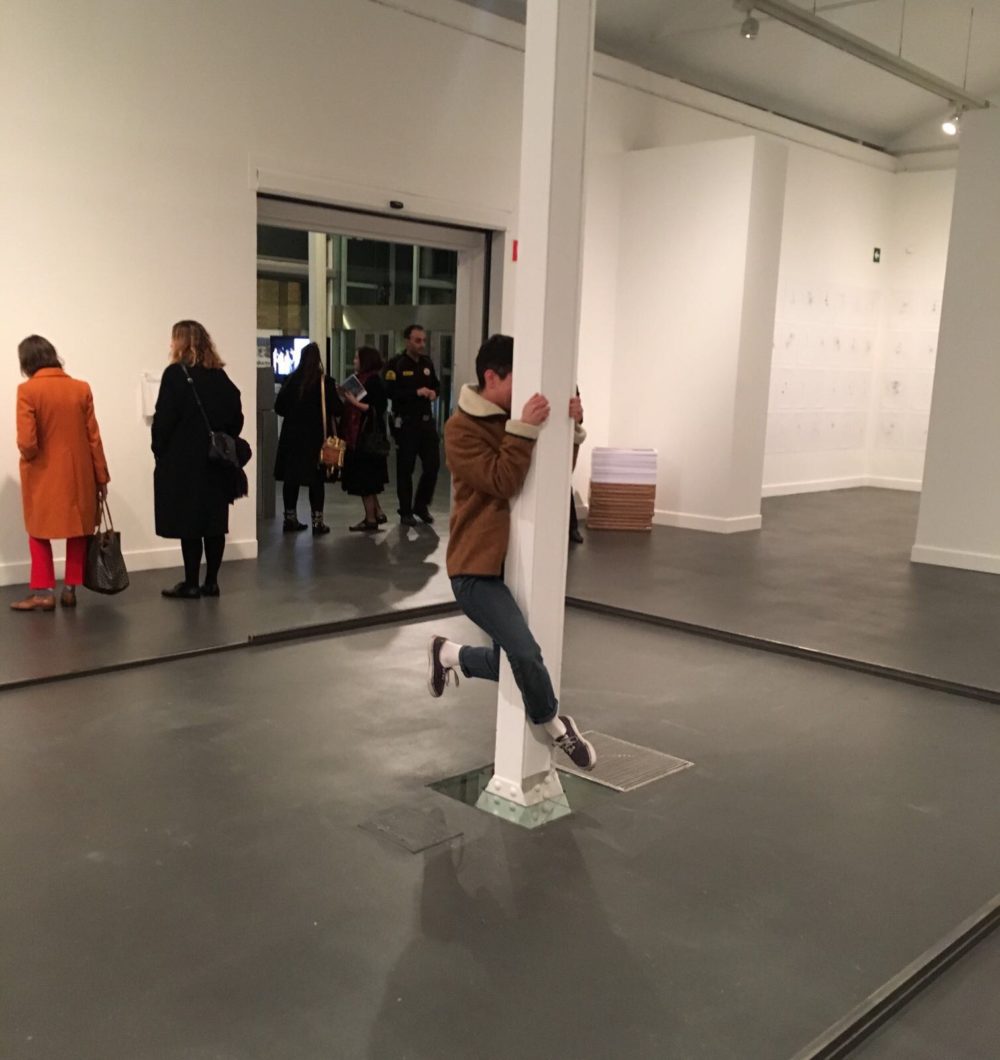Search
To search for an exact match, type the word or phrase you want in quotation marks.
A*DESK has been offering since 2002 contents about criticism and contemporary art. A*DESK has become consolidated thanks to all those who have believed in the project, all those who have followed us, debating, participating and collaborating. Many people have collaborated with A*DESK, and continue to do so. Their efforts, knowledge and belief in the project are what make it grow internationally. At A*DESK we have also generated work for over one hundred professionals in culture, from small collaborations with reviews and classes, to more prolonged and intense collaborations.
At A*DESK we believe in the need for free and universal access to culture and knowledge. We want to carry on being independent, remaining open to more ideas and opinions. If you believe in A*DESK, we need your backing to be able to continue. You can now participate in the project by supporting it. You can choose how much you want to contribute to the project.
You can decide how much you want to bring to the project.

“No matter. Try again. Fail again. Fail better” This four-part sentence, which you might expect to see on an advertising hoarding, is not the brainchild of a creative. It is a quotation from Samuel Beckett and one of the many of mottoes of contemporary art. After the discrediting of success comes the defence of failure. However, this is a failure understood from a position of success. Failing makes us stronger and better. Like the chicken and the egg, binary thinking starts with a loop. From success to failure; failure to success.
A basic idea occurs to me when facing failure. Don’t write the text. Leave the page blank. But that is a failure I cannot allow myself. I am thinking of something I read recently. Failure is like a privilege, like a situation that some can allow themselves and others cannot. The defence of failure in art tends to be related to artistic processes. The fetichization of failure in the business economy appears as a merited achievement for those who are too big to really do bust; as a part which doesn’t endanger the game of success.
In fact I am thinking about the artists’ strike promoted by Gustav Metzger at the end of the 1970s. Faced with the premises of committed art to change society, Metzger proposed the complete rejection of work by the artists. Reformist activity and its unwilling consolidation of the system against a truly revolutionary gesture. An open-ended strike, to last several years, as a weapon of collective destruction of an art system which was dominant then (and also now). Achieving it seems like the text of a science fiction novel. But something as normal in society as a workers’ strike does not seem to be compatible with contemporary art. Rights are never universal. And as you might imagine Gustav Metzger’s proposal failed. A three-year strike is unthinkable, either in or outside the art world. It could be a good idea for an individual art project, but then the strike would deactivate as it inevitably became yet another methodology of work.
Before Metzger, the Artist Placement Group had failed. Under the slogan “Context is half the work” this association of artists pursued an effective and real inclusion of art within the industrial and bureaucratic context in England during the mid-1960s. It seems that the bosses and regular workers of those contexts couldn’t understand why they would want to take on an artist in their ranks. By changing context the condition of the artist as an “outsider” stopped being a privilege and became the source of daily problems. As you can imagine, the APG was dissolved in just a few years. The reasons for a group’s dissolution are generally the result of the coupling of success and failure. Or they break up because they think they have more or less achieved their objectives; or sometimes for the opposite reason, when apparently achievable challenges become impossible utopias.
Utopia is another of the constants in art. Failure has a peculiar way of working within utopia: in anticipation. Although not always. The modern project was one of the highpoints in history for utopia. But will postmodernity be responsible for pointing out its large dose of failure. The so-called death of the meta-stories was joined by a strong desire to revise the modern project. So much so that even today that critical review has become one of the main sources for contemporary art. Another, the celebration of what is considered to be well done. Few forms of textuality are so subjected to the dialectics of failure and success as criticism.
But I suppose the question that has to be answered is: what is the situation of failure in contemporary artistic practices? Faced with the impossibility of multiple simultaneous perspectives when it comes to analysing the history of art, one of the strategies to adopt is filters. Failure is one of those as seen in Failure (Whitechapel: Documents of Contemporary Art), a compilation of texts edited by Lisa Le Feuvre. The fact that there is a general concern in artistic production for the question of the mistake says a lot about the importance of error in our culture. That visibility of failure is another of the many criticisms that have ended up being absorbed by a system – capitalism – which seems a priori to vehemently pursue the dynamics of success. It is from there that the existence of other types of uncertainty are understood. Now it is possible to “fail well”. And obviously failing well is not the same as failing badly. Do we really fail when we fail well? What are the intentions behind the defence of failure? Does anyone really like failing without obtaining any benefit from it? there is a subtle difference between making a mistake and realising that you are mistaken.
In art, when we talk about failure in a positive way, I always wonder whether we are confusing the terms. Because mistakes are not the same as failure. The first is circumstantial of any process of research or production; the second is the non-resolution of those processes. I wonder whether the defence of failure is nothing more than the acceptation that mistakes are productive and useful, a controlled dose of deviation before reaching the goal. I also wonder whether mistakes are a privilege of the works or the projects and not so much of the producers of art. Or whether failure has ceased to be an experience and has become a theme when works, exhibitions and books appear about failure which are a success.
This theoretical defence of failure quickly falls down when we leave the area of aesthetic production and enter the general system of art. First, art funding does not allow for mistakes. A project about failure is legitimate. The failure of a project is not. Second, there is permanent pressure to ensure that nothing fails. The importance of the objective is always greater than that of the experience. And thirdly, where is the praise for failure when our curriculum is subjected to the notion of excellence and the continuous chain of personal successes? No matter. Try again. Fail again. But fail better.

artwriter_curator_esnorquelmaker_chocolateresearcher_technodancer__bikeenthusiast_coffeeaddicted_
"A desk is a dangerous place from which to watch the world" (John Le Carré)